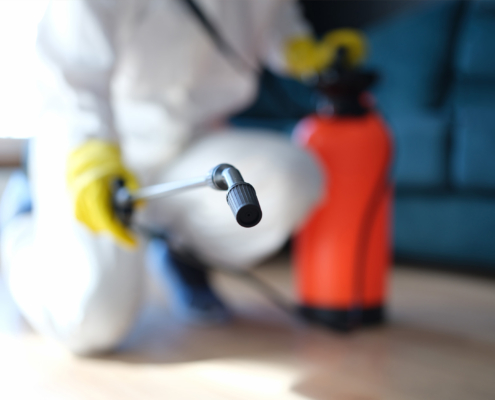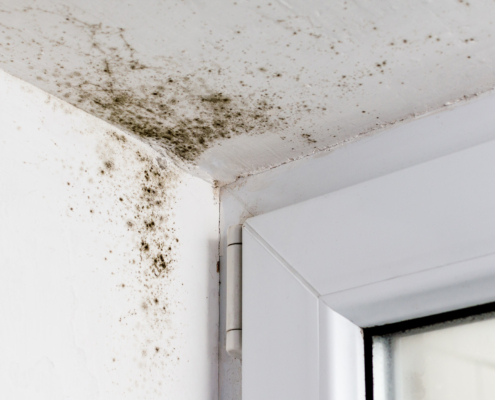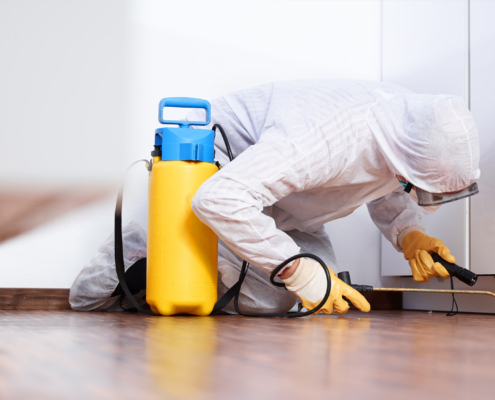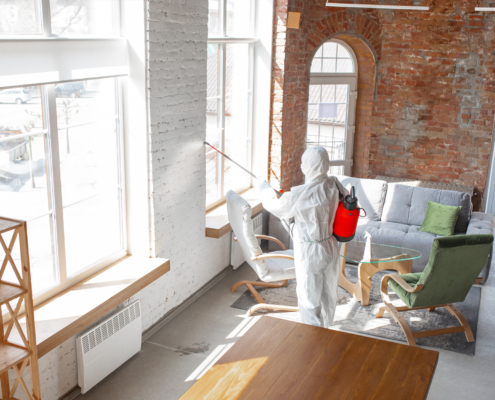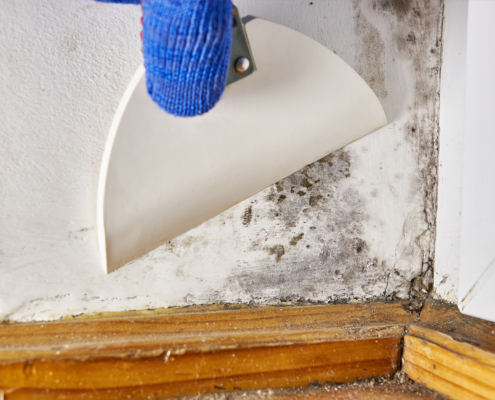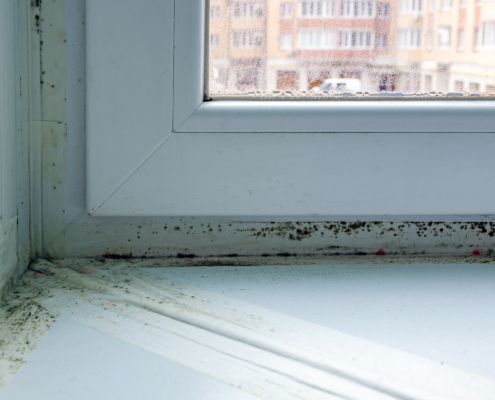 https://aeretusa.com/wp-content/uploads/2024/05/The-Dangers-of-Black-Mold.jpg
1250
2000
Abstrakt MKTG
https://aeretusa.com/wp-content/uploads/2024/05/Aeret_Logo_tagline_Centered_RGB-300x80.jpg
Abstrakt MKTG2024-05-30 08:12:592024-07-26 08:16:57The Dangers of Black Mold
https://aeretusa.com/wp-content/uploads/2024/05/The-Dangers-of-Black-Mold.jpg
1250
2000
Abstrakt MKTG
https://aeretusa.com/wp-content/uploads/2024/05/Aeret_Logo_tagline_Centered_RGB-300x80.jpg
Abstrakt MKTG2024-05-30 08:12:592024-07-26 08:16:57The Dangers of Black MoldThe Importance of Senior Living Indoor Air Quality
The air we breathe significantly impacts our quality of life, personal health, and comfort. The importance of pristine indoor air quality within the walls of senior living facilities cannot be overstated. Let’s explore the pivotal role of senior living indoor air quality, including its importance, why it can’t be neglected, and how to maintain or improve it to maximize seniors’ comfort.
Why Positive Indoor Air Quality is Essential for Seniors
As we age, the significance of maintaining a healthy and comfortable living environment becomes increasingly apparent. For seniors, in particular, the quality of the air they breathe indoors plays a crucial role in their overall health and well-being. Positive indoor air quality (IAQ) is not a luxury but a fundamental aspect of care in senior living facilities.
How Senior Living Indoor Air Quality Impacts Comfort
Good air quality is about more than just health; it significantly impacts seniors’ daily comfort and quality of life. Clean, fresh air contributes to a more pleasant and odor-free environment, while poor air quality can lead to a stuffy and uninviting atmosphere. Ensuring clean air circulation through proper ventilation and filtration systems is therefore critical to creating a comfortable home for seniors, where they can thrive and enjoy their days.
Linking Indoor Air Quality, Health, and Well-being
There is a direct correlation between indoor air quality and the health outcomes of senior residents. Clean air can reduce the risk of developing respiratory conditions, enhance cognitive function, and promote a greater sense of well-being.
Conversely, poor air quality has been linked to a range of health issues, including asthma, allergies, and even heart problems. Therefore, it’s essential to prioritize this aspect to safeguard the health of our elderly population.
The Importance of Air Quality Research in Senior Living Facilities
Research into air quality within senior living environments is vital. It not only helps facilities adhere to health standards but also guides the implementation of effective air purification strategies. By leveraging such research, senior living communities can proactively improve the living conditions for their residents, ensuring that the air they breathe supports their health rather than detracts from it.
Common Indoor Air Pollutants
Ensuring the health and comfort of seniors in living facilities involves being vigilant about the quality of the air they breathe. Various common pollutants can compromise indoor air quality, posing risks that are particularly acute for the elderly.
Here are some of the most common pollutants found in these environments:
- Volatile Organic Compounds (VOCs): These chemicals evaporate at room temperature and can be found in certain paints, varnishes, and waxes, as well as many cleaning, disinfecting, cosmetic, degreasing, and hobby products.
- Dust: Small particles that can include skin cells, fabric fibers, and microorganisms can accumulate and circulate through the air, potentially aggravating respiratory issues.
- Mold: Mold is a fungus that thrives in damp conditions and can release spores and toxins into the air, exacerbating allergies and respiratory conditions.
- Airborne Pathogens: Viruses, bacteria, and other microorganisms can be airborne and are particularly concerning in a senior living facility where residents’ immune systems may be compromised.
Ensure senior well-being with clean indoor air. Discover how our services maintain air quality for a healthier and happier living environment.
Practical Tips for Better Senior Living Indoor Air Quality
Ensuring the indoor air quality in senior living environments is of paramount importance. As caretakers and facility managers, we can take actionable steps to drastically improve the living conditions for our elders, helping them breathe easier and live healthier lives.
Utilize Air Purifiers
Air purifiers are one of the most effective methods of improving indoor air quality in your senior living facility. These devices are designed to capture pollutants, allergens, and other harmful particles, enhancing indoor air quality. Selecting purifiers with HEPA filters can particularly benefit seniors who suffer from respiratory issues.
Increase the Number of Indoor Plants
Plants are natural air purifiers. Not only do they add a touch of serenity and life to a room, but they also play a role in filtering the air. Indoor plants like spider plants, peace lilies, and snake plants are known for their air-purifying abilities and can significantly improve air quality when placed throughout the facility.
Increase Fresh Air Intake
Encouraging outside air flow into the building can dilute accumulated pollutants indoors. This can be achieved by opening windows when weather and safety permit, or by using mechanical ventilation systems designed to bring in and circulate fresh air.
Upgrade HVAC System
The HVAC system is critical in maintaining senior living indoor air quality. Upgrading to a system with better filters and regularly maintaining it ensures that the air distributed throughout the facility is clean and pollutant-free.
Conduct Regular Cleaning and Maintenance
Regular cleaning reduces dust, mold, and other airborne contaminants. Using non-toxic cleaning products and ensuring that the facility is well-maintained not only enhances indoor air quality but contributes to a more pleasant living environment for seniors.
The Impact of Poor Senior Living Indoor Air Quality
Poor senior living indoor air quality can lead to a range of adverse effects for residents and staff within assisted care facilities, including:
- Respiratory Issues: Older adults are particularly vulnerable to respiratory problems exacerbated by poor air quality, such as asthma, bronchitis, and aggravated allergies.
- Increased Risk of Infections: Contaminants in the air can compromise seniors’ immune systems, making them more susceptible to infections and illnesses. This can lead to more frequent hospitalizations and prolonged recovery times.
- Exacerbation of Existing Health Conditions: Poor senior living indoor air quality can worsen existing health conditions, such as cardiovascular disease, COPD (Chronic Obstructive Pulmonary Disease), and dementia, leading to a decline in the overall health and well-being of older adults.
- Decreased Cognitive Function: Studies have linked indoor air pollutants to cognitive decline and impaired brain function, potentially affecting seniors’ memory, attention, and decision-making abilities.
- Reduced Quality of Life: Constant exposure to poor indoor air quality in senior living can contribute to feelings of discomfort, fatigue, and decreased overall quality of life for older adults living in nursing homes and assisted living facilities.
- Increased Risk of Falls: Certain indoor air pollutants, such as mold spores and volatile organic compounds (VOCs), can contribute to slippery surfaces and poor indoor air quality, increasing the risk of falls and accidents among seniors.
- Aggravation of Mental Health Issues: Poor air quality can exacerbate symptoms of anxiety, depression, and other mental health conditions among seniors, impacting their overall emotional well-being and quality of life.
Addressing issues with senior living indoor air quality is crucial to safeguarding the health and comfort of senior residents, improving their quality of life and promoting an ideal senior care environment. To avoid these negative effects and enhance your facility’s senior living indoor air quality, turn to the experts at Aeret Restoration.
Maintain Your Senior Living Indoor Air Quality With Aeret Restoration
At Aeret Restoration, we understand the importance of maintaining senior living indoor air quality to keep facilities safe and comfortable. Our dedicated experts prioritize the comfort and safety of residents above all else, recognizing that clean air is essential for their well-being. Through our comprehensive mold remediation services, we not only eliminate existing issues at the source but also ensure the prolonged health and happiness of your senior living community.
With our commitment to excellence, we strive to provide an environment where residents can breathe easily, knowing they are in a space that promotes their overall wellness and quality of life. Contact Aeret Restoration to safeguard your facility, deliver clean air, and foster a thriving living environment for all.

